Quick Tip: 5 Techniques to Support English Learners in Mathematics
by Wanda J. Ramirez-Suarez
Many districts across the country are seeing low achievement scores in state standardized assessments for English learners (ELs) in the area of mathematics. To support these learners, teachers need to be intentional and purposeful with the strategies and techniques that they use in everyday mathematics instruction. Following are five simple yet effective techniques to use with your ELs in math class. I have gathered the following ideas and pictures from my 10 years as a principal in a school that had more than 13 different languages represented in the student population.
1. Make Learning Goals and Complex Language Explicit
Break down math learning goals into student friendly language with students. Don’t erase the more complex words as this provides exposure to vocabulary that they will encounter in academic texts and state assessments. Make it a habit to have conversations with students about the multiple meanings of words.
For example, the math learning goal shown in Figure 1 states: Generate and extend numerical patterns and identify relationships of corresponding terms. The words generate, extend, and corresponding are defined (make, longer, and matching, respectively) so that ELs can grasp the full meaning of the goal.
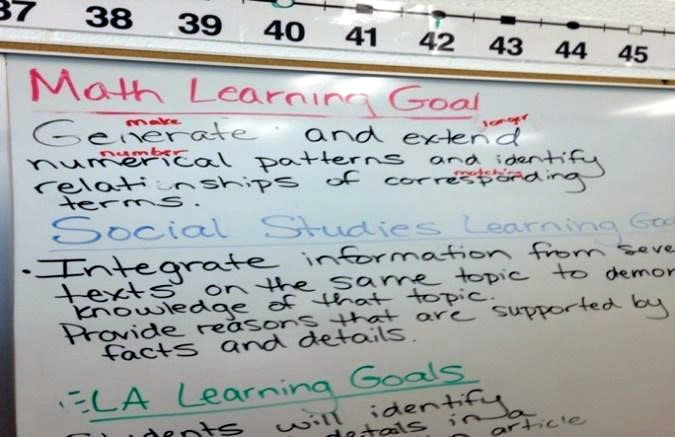
Figure 1. Math learning goal example of academic language and student friendly language.
2. Be Intentional About Math Discourse
A simple way to teach and support math discourse is to provide ELs with sentence starters. This simple tool allows students to engage in accountable math discussions while practicing listening and speaking skills.
The math talk chart in Figure 2 provides the following examples:
- Another way to solve this…
- My first step was…
- I can prove it by…
- I agree because…
- The strategy I used was…
- I disagree because…
- I don’t understand…
- I think this because…
These sentence starters allow students to focus their thinking on content rather than language, thus making the math conversations richer and more targeted.
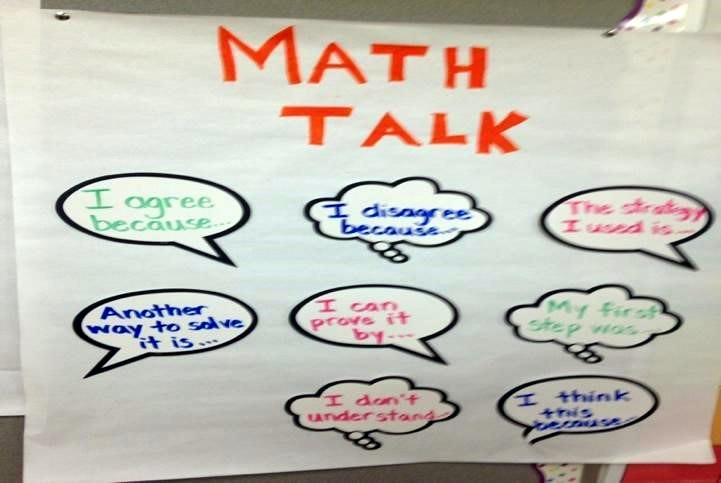
Figure 2. Math talk sentence starters example.
3. Translate Symbols to Words
ELs need to be deliberately taught the linkage between mathematical symbols and their counterpart words so that they can effectively grapple with and have access to complex mathematical word problems.
Figure 3 shows the multiple words that represent the mathematical symbol. The words and phrases more, sum, total amount, combined amount, more, in all, put together, and altogether allow students the opportunity to see the translation of symbols to words. This translation supports students in being able to more fully understand the language of mathematics.
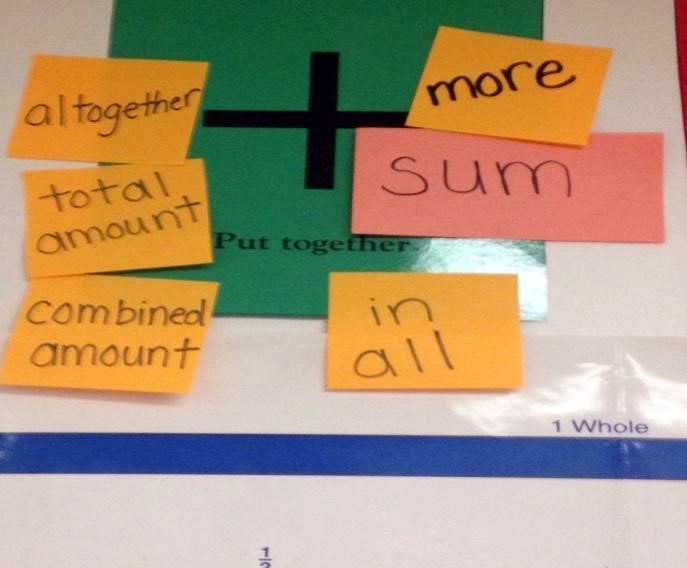
Figure 3. Defining multiple words that represent a math symbol.
4. Teach Math Across Content Areas
Using complex sentences is a great way to expose students to the rigor of both mathematics and language standards. Intentional integration of language structures during mathematics instruction is beneficial for ELs as they are able to apply learned skills across content areas.
For example, the sentences in Figure 4 show how the teacher purposely integrated complex sentences into the math lesson. The words “but” and “so” expanded the simple sentences into complex ones. Modeling the use of complex sentences across content areas allows for connections and also builds on a student’s prior knowledge (Ramirez-Suarez & Shahadi Rowe, 2019).
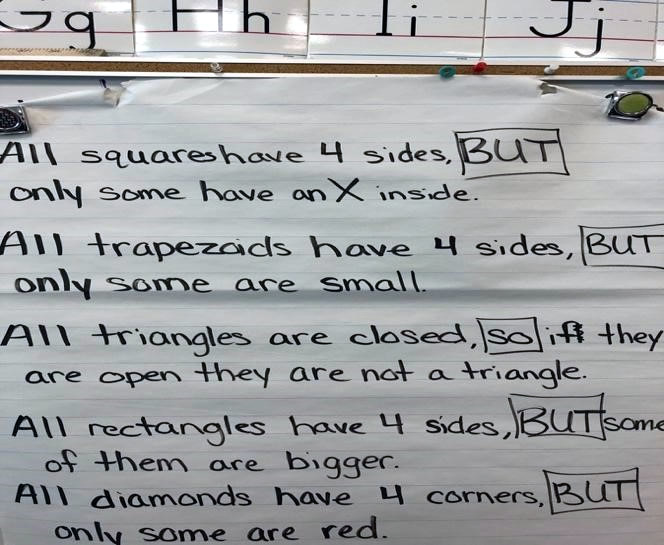
Figure 4. Example integrating complex sentences into math.
5. Make Connections for Conceptual Understandings
Incorporating activities that demonstrate concepts in different ways during math class provides students a way to develop conceptual understandings of critical math concepts. In addition, it allows students to see that there can be multiple entry points to solve a math problem. For ELs, it also allows them the opportunity to see the relationship between multiple procedures in an organized and visual way.
Figure 5 demonstrates the concept of multiplication in six different ways. Equation, equal groups, area model, word problem, repeated addition, and equal sets. Students are able to see, organize, and understand multiple concrete examples of the concept, thus leading to a deeper understanding of the concept being taught.
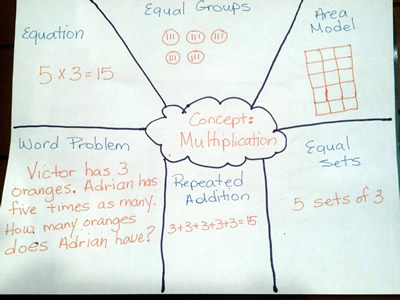
Figure 5. Examples of multiplication demonstrated several ways.
Conclusion
As teachers prepare math lessons, they need to be mindful to set up the learning conditions so that all students, including ELs, have access and multiple entry points to grade-level mathematical tasks. The opportunity to actively engage with class assignments can be facilitated by students understanding the goal; making linkages to symbols and vocabulary; having tools available, such as sentence starters to support content discourse; and together identifying mathematical language, its usage, and range of meanings. By supporting students in owning their learning, teachers can help them make their own connections as they embrace the process of gaining not just procedural knowledge but deep conceptual understanding. Finally, all teachers need to embrace math and support it across all content areas so that students have multiple exposures throughout the day to continue building their knowledge base.
Reference
Ramirez-Suarez, W. J., & Shahadi Rowe, C. (2019). Challenging English learners to improve academic discourse. The Pennsylvania Administrator, 23(1), 31–33.
Wanda J. Ramirez-Suarez earned her master’s degree at the University of Illinois at Chicago. She has been recognized as a distinguished principal by the National Institute of School Leadership. In addition, she has more than 25 years of experience in urban public education, has served as an adjunct instructor at the university level, and is currently serving as a school improvement facilitator in the state of Pennsylvania.